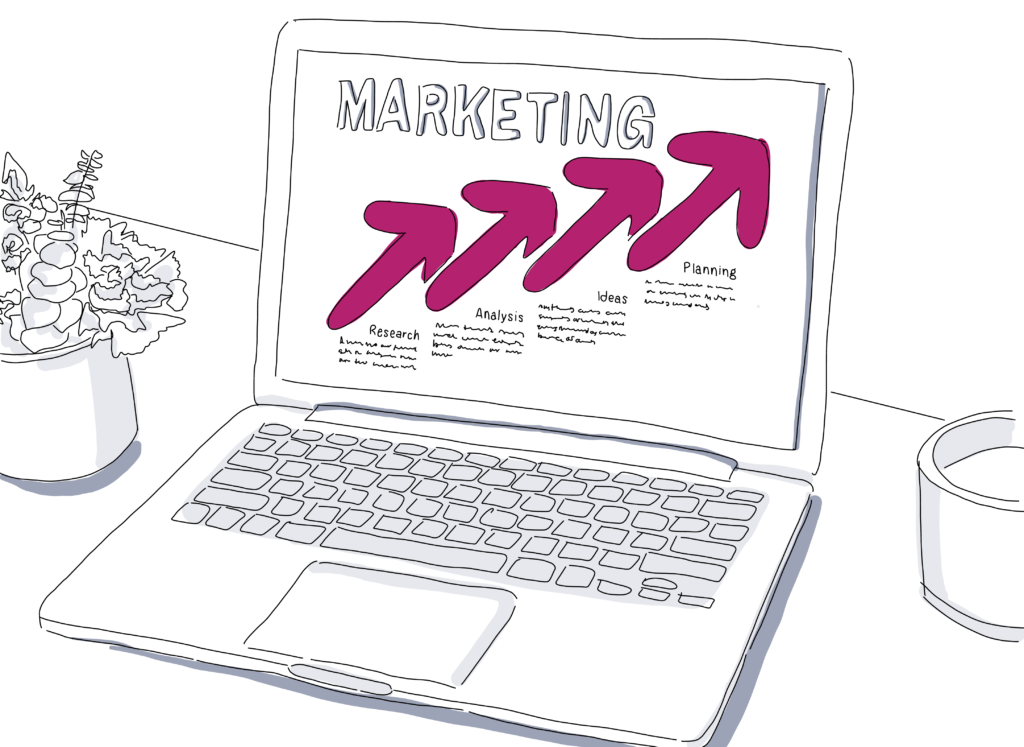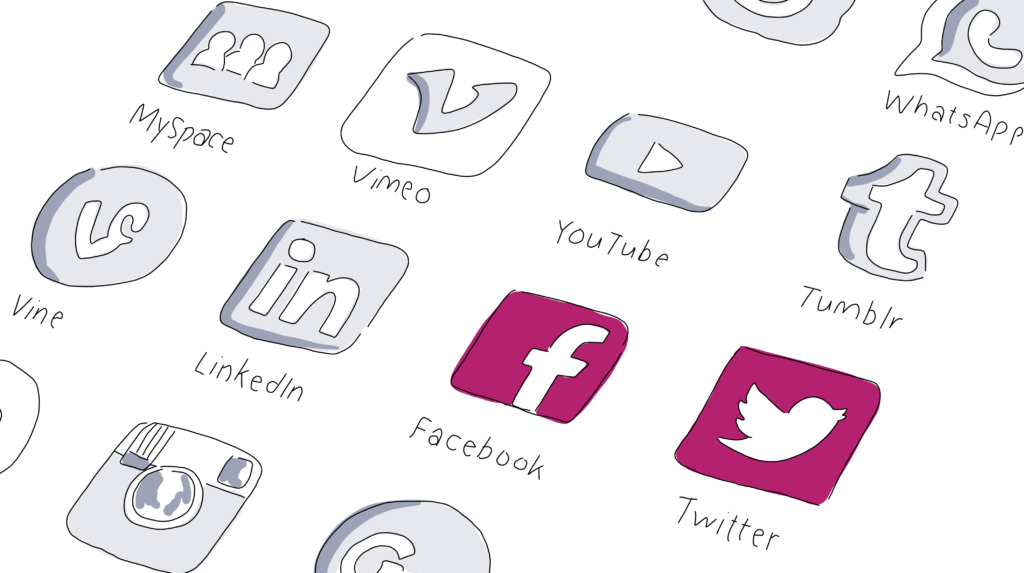
How to Build a Hotel Brand Identity & Why It’s Important
The hotel industry has largely become commoditized, but with the execution of an effective marketing strategy, it is still possible to differentiate. One key element where many fall flat is when it comes to brand identity. But first, let’s make sure we’ve got our vocabulary straight.
A logo is a visual representation for your company, also referred to as a mark. Branding is the way someone feels about your company. Marty Neumeier, a best-selling author on branding and design, said it best:
In this article, we’ll highlight three ways to maintain a consistent brand identity, and influence how customers perceive your hotel online.
Discover How to Build the Most Effective Hotel Brand Identity in 3 Steps

1. Develop (and Follow) Strict Brand Guidelines
The brand identity guideline document is a sacred guide by which your company and any marketing partners must abide by. At a rudimentary stage, your brand guide should cover the following elements:
- Logo lockups
- Logo safe space & usage (exclusion zone)
- Color palette
- Typography
As you look to further define your brand, you may look to develop a communication style which highlights voice and tone, and addresses how to deal with criticism and social media communications. The more clearly you can define your brand, the more likely everyone on the team will adhere to the guidelines.
2. Provide a Unified Web Experience
By 2018, it is estimated that over 60% of online ad spend will be focused on mobile devices. In addition, Google is punishing websites that aren’t mobile responsive by removing them from search results for mobile devices. When I say a unified web experience, this may start with your website but can also encompass the following elements:
- Landing pages
- Ad creative
- Social media content
- OTA’s (Booking.com, Hotels.com, Kayak, etc.)
As you look to provide a unified web experience both on your site and other digital properties, we’ve included a few resources below that can help you stay on track.

Four helpful tools for creating a hotel website brand identity online:
- Unbounce – When looking to create landing pages, there is not a simpler yet powerful tool available. Every ˜theme’ is responsive and offers full customization through a visual interface allowing for novices to create stunning landing pages in minutes.
- BrowserStack– Over 50% of internet traffic comes from mobile devices, thusly it is paramount that all of your pages fit perfectly to an array of mobile devices. BrowserStack enables you to quickly test how your pages are displayed on all major viewports.
- Specless – One of the most difficult tasks in creating an ad is formatting it correctly for each display or platform. This tool allows you to develop ad creative once and automatically resizes it for the most popular formats.
- Website UX Ideas – Check out six website design best practices that the best hotel websites use.

3. Optimizing Your OTA (Online Travel Agency) Listings
Ensuring your listings across the major OTAs is of utmost importance. 38% of all online bookings are handled through OTAs, making it a primary source of revenue for chains and independent hotels alike. While you have much less control over the content and design of OTA listings, there are still opportunities for optimization.
The primary opportunity to drive sales lies in your images. There’s often room to display 3-5 images (sometimes 20+) of your hotel above the fold. Marriott saw an increase in click-through rate of 60% when testing different image combinations. This is where your brand guide shines, depending on your target demographics, these images should tell a story of recreation, relaxation, or even a rustic experience.

With imagery in mind, we’ve made a short list of the most common elements that can be edited on your OTA listings:
- Photography
- Points of interest nearby
- Company description
- Amenities
- Room options
- FAQs
The hotel and hospitality industry is saturated with both old establishments fighting to keep their place, and new and upcoming hotels looking to be the next big hit. Regardless of their reputation, each hotel needs to follow these three things: develop brand guidelines, provide a unified web experience, and ensure your online travel listings are optimized.
These three keys all lead your future guests to find you with more ease and to remember your name before everyone else.
Now, you’re ready to modify your brand identity!
Up next, discover the best ways to market an event venue, and read event venue marketing essentials. Then, try easy venue marketing software.

